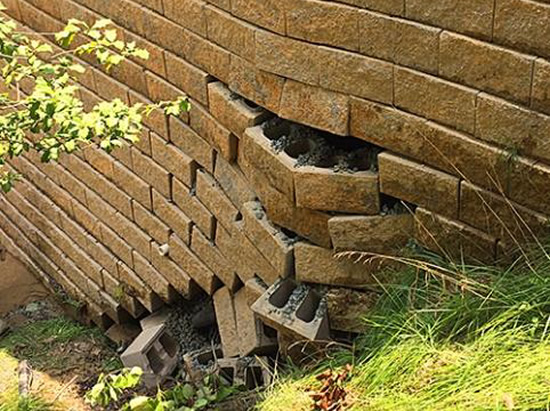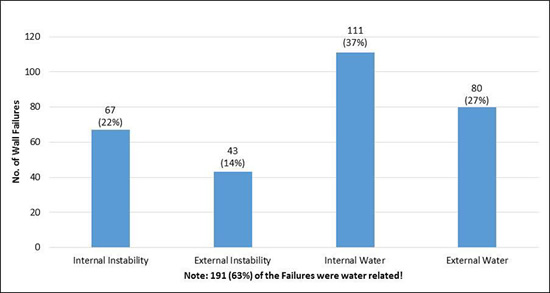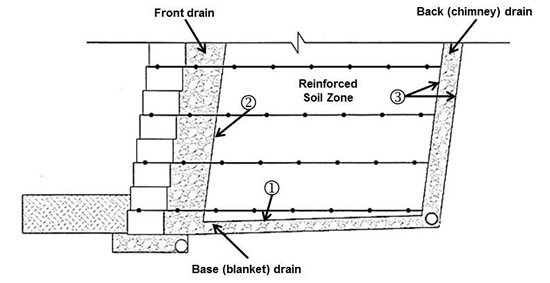Drs. Robert and George Koerner of the Geosynthetic Institute (GSI) are no strangers to tackling challenging topics—subjects which are either difficult to motivate discussion on (e.g., failures) or difficult to document (e.g., developing and monitoring long-term studies). One of the information-sharing vehicles they’ve utilized over the years to keep information flowing has been to release influential GSI White Papers. On 7 December 2016, they publically released #35: “A Primer on Soil and Geotextile Filter Design as Applies to MSE Walls.”

In the opening paragraph, the two authors note that soil filtration is a deeply familiar concept for geotechnical engineering professionals but that geotextile filtration is a relatively recent focus.
GEOTEXTILE FILTER DESIGN FOR MSE WALLS
“The basic reason for this White Paper dealing with both soil and geotextile filtration is its necessary application to mechanically stabilized walls (MSW) using geosynthetic reinforcement,” the Koerners write. “In this regard, filtration is rarely addressed (much less installed) leading to a large number of wall failures.”
Robert and George Koerner detailed more than 170 MSE wall failures in a 2013 article for the journal Geotextiles & Geomembranes, which is one of two highly ranked geotechnical engineering journals from the International Geosynthetics Society (IGS).
The White Paper divides the discussion on filtration into three sections:
- Soil Filter Concepts and Design
- Geotextile Filter Concepts and Design
- MSE Wall Failures vis-à-vis the Lack of Filtration Design
The resulting discussion is both accessible and technically sharp, with example photos of failures (e.g., hydrostatic pressure-caused failures at the toe of an MSE structure), equations such as those used to related protective filter grades with the soil being protected, cross-sectional diagrams, MSE failures, and much more.

The 14-page White Paper concludes with an eye-catching warning, and one that echoes the common refrain on how geosynthetics, when properly understood and applied, create stronger, safer, more economical infrastructures:
“We feel that by not providing geotextile filter protected drainage to the front, base and back drainage systems of MSE walls it will result in long-term failures most likely in the lower regions of the wall where hydrostatic pressures are highest; see Figure 9. Incidentally, the repair of such toe failures is incredibly difficult and expensive, and certainly looks bad for all parties involved and for the industry as a whole.”
Download GSI White Paper #35 here (PDF)
MSE WALL DESIGN, PERFORMANCE, & MONITORING WEBINARS

The Geosynthetic Institute (GSI) hosts a live webinar on the second Wednesday of every month (11:30 am – 1:30 pm, EST). The cost for participation is $200/webinar for GSI members, $250 for non-members. One of the biggest topics is MSE wall design, performance, and monitoring.
The next session, “Mechanically Stabilized Earth (MSE) Wall, Berm and Slope Construction Inspection,” will be December 14. See the Geosynthetic Institute website for more information on GSI webinars and to register for the next live session.
This is the fourth of four MSE wall webinars from GSI. Other sessions with information on geotextile filter design and MSE walls (e.g., drainage design, GSI’s database of failures) may be viewed at Geo-U.com.











